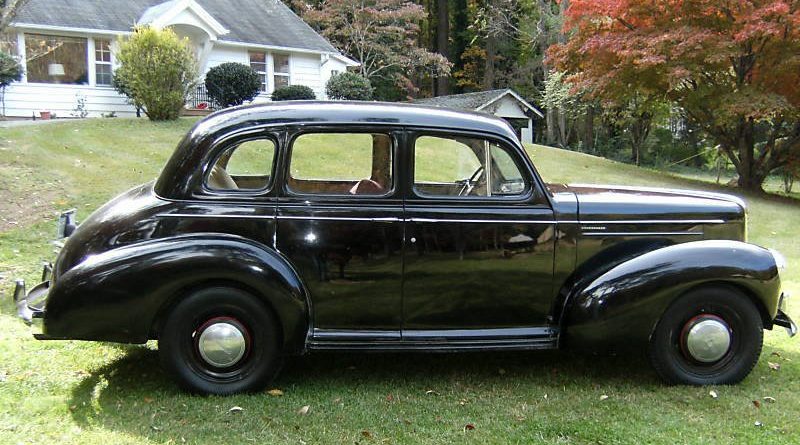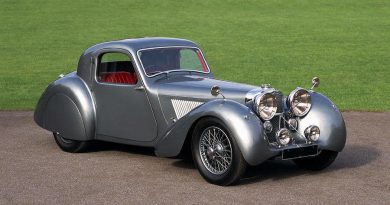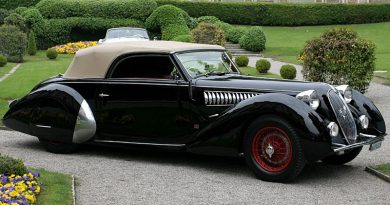1940 Studebaker Champion Sedan
The Studebaker Champion is an automobile which was produced by the Studebaker Corporation of South Bend, Indiana, from the beginning of the 1939 model year until 1958. It was a full-size car in its first three generations and a mid-size car in its fourth and fifth generation models, serving as the junior model to the Commander.
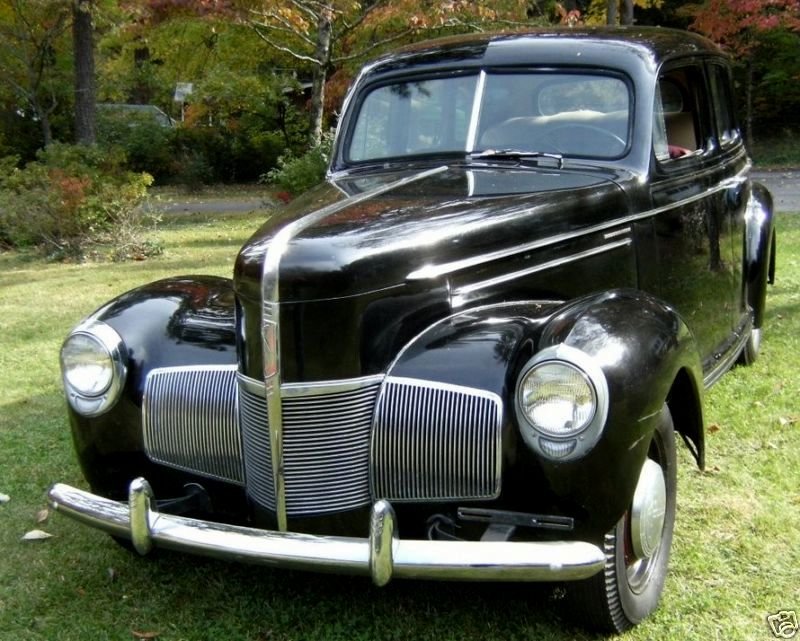
The success of the Champion in 1939 was imperative to Studebaker’s survival following weak sales during the 1938 model year. Unlike most other cars, the Champion was designed from a “clean sheet” and had no restrictions caused by necessarily utilizing older parts or requiring the subsequent use of its components in heavier vehicles. Market research guided the selection of features, but a key principle adhered to was the engineering watchword “weight is the enemy”. For its size, it was one of the lightest cars of its era. Its compact straight-six engine outlasted the model itself and was produced to the end of the 1964 model year, with a change to an OHV design in 1961.

Changes for 1940 are mostly cosmetic, sealed-beam headlights appear (seen on most American cars.) The four-piece grille is resumed, but with more vertical and horizontal “teeth,” door handles are integrated with the belt moldings, and bumpers are larger and rounder. One of the three trim stripes seen on the 1939 model hood is removed and the “Studebaker” badge is placed between the remaining two instead of below the lower strip. The hood release is moved inside the car under the instrument panel. The “S” badge is now fixed and in a lower position just above the grille, instead of being the hood release, as seen on 1939 models.
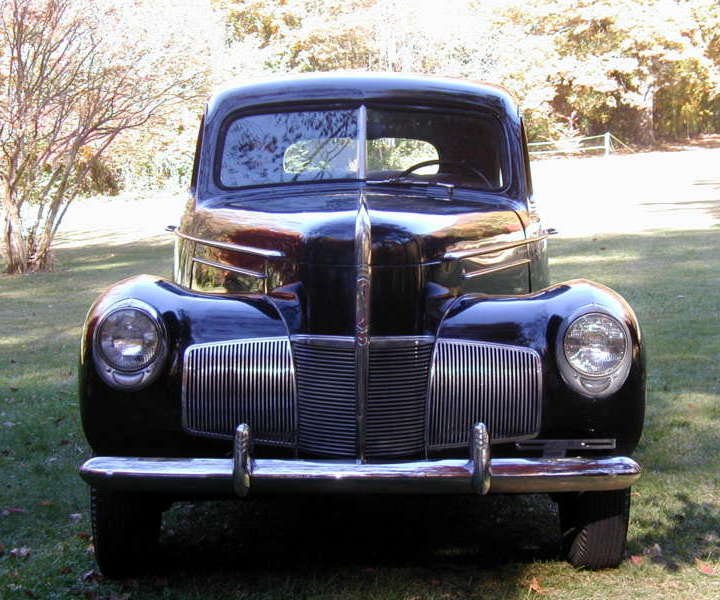
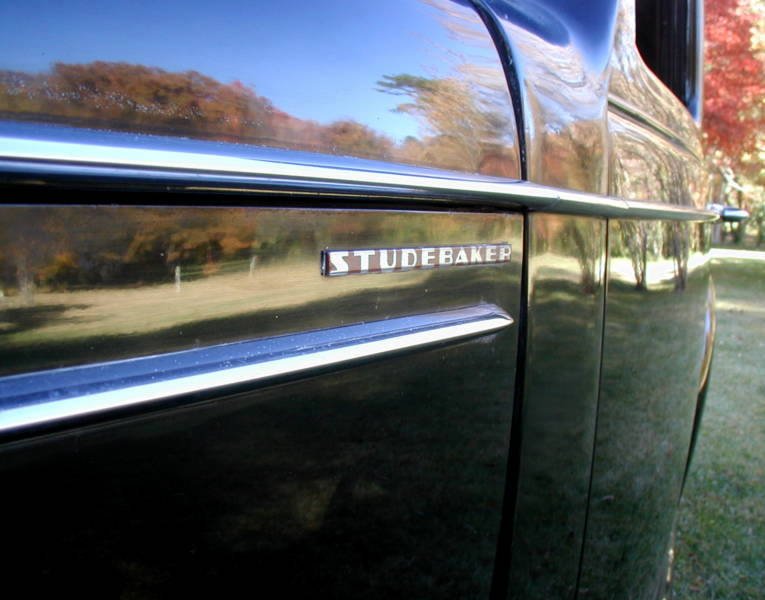
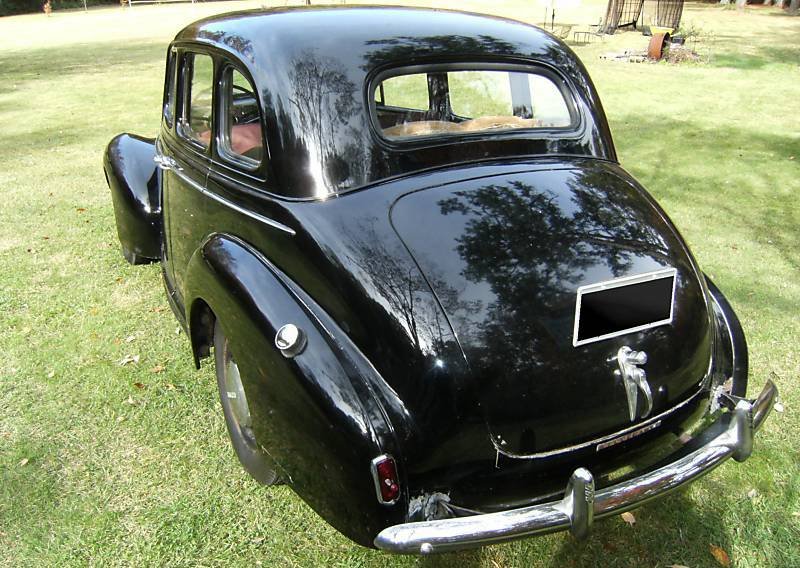

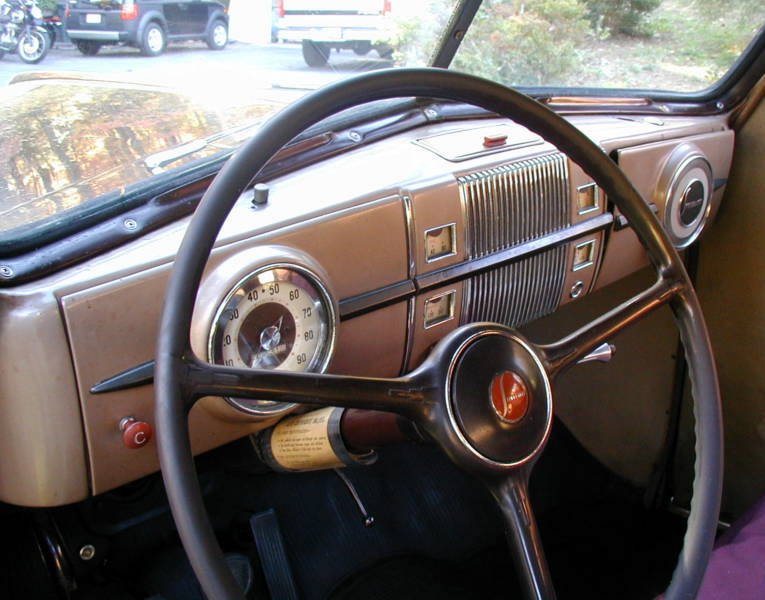
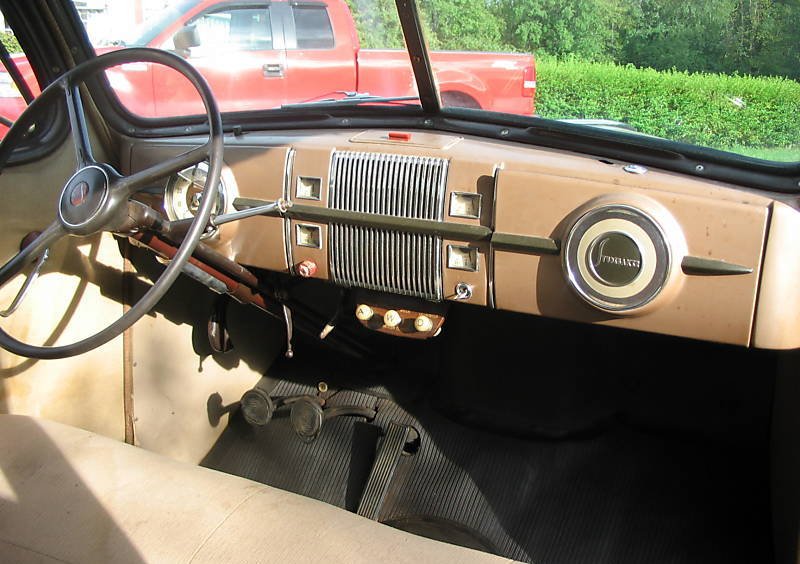
This vehicle is an example of a typical US civilian sedan of the late 1930’s.

